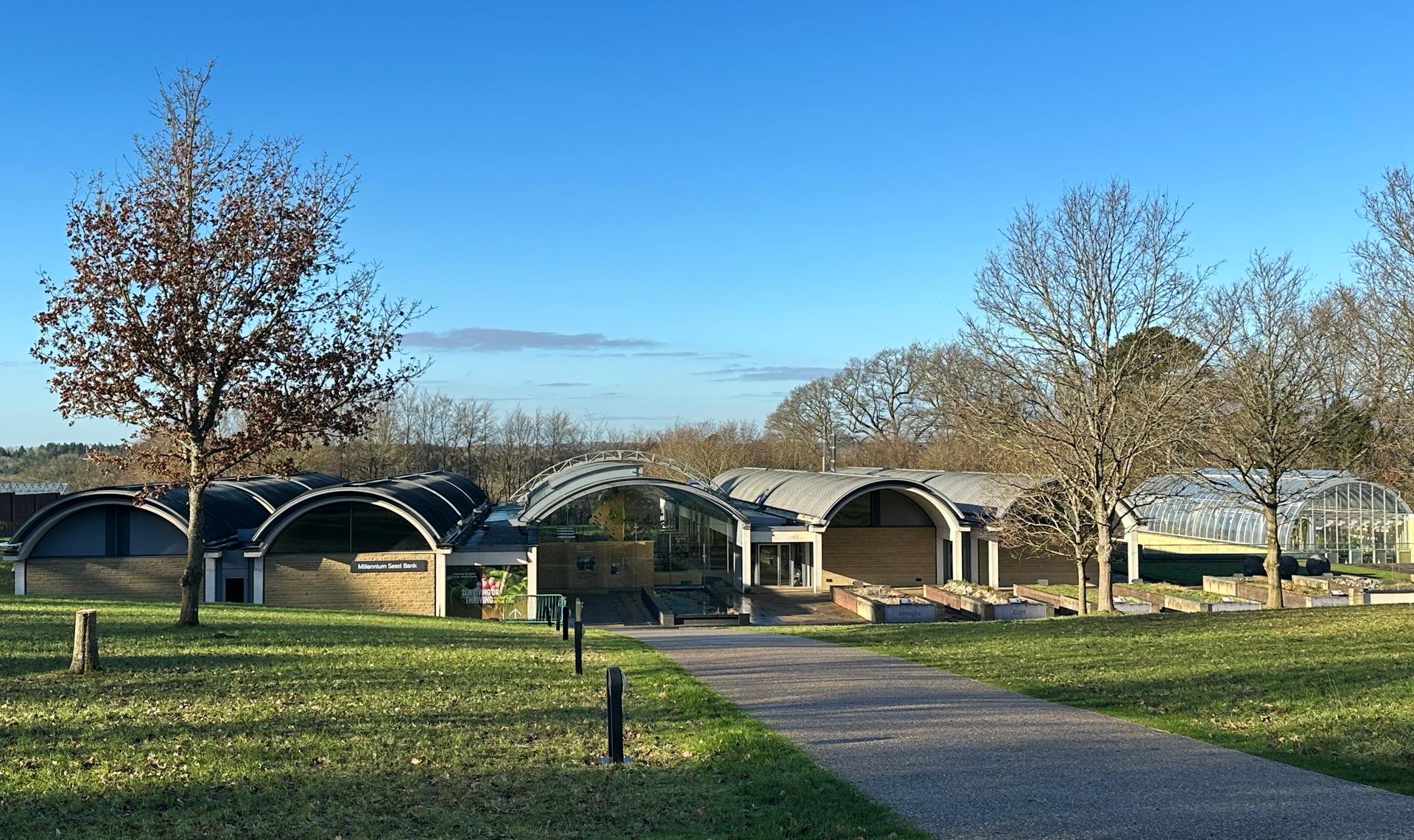
KEW’s Millennium Seed Bank: A Mission to Save Plant Life on Planet Earth
By Gayil Nalls
Sign up for our monthly newsletter!
“Without plants, there is no life. The functioning of the planet, and our survival, depends on plants… Our vision is of a positive, sustainable future where human activities support the diversity of plant life and where in turn the diversity of plants support and improve our livelihoods and well-being.”
Global Strategy for Plant Conservation 2011-2020, Convention on Biological Diversity
This January, a train trip from London and nice walk through the soft hills of the Sussex countryside led to Wakehurst, and to The Welcome Trust Millennium Building were the Millennium Seed Bank (MSB), an undertaking of the Royal Botanic Gardens, Kew, was opened in 2000 by HRH The Prince of Wales, now the King. Here, over 2.4 billion wild plant seeds from around the planet, the world’s largest collection, are conserved ex situ (off-site from their natural habitat) in sub-zero vaults underground. Most of the seeds are sent by Partnership countries. MSB notes that two of every five plants in storage are threatened with extinction, so this vital high-tech conservation program increases their safety net and possibly their very survival as a species.
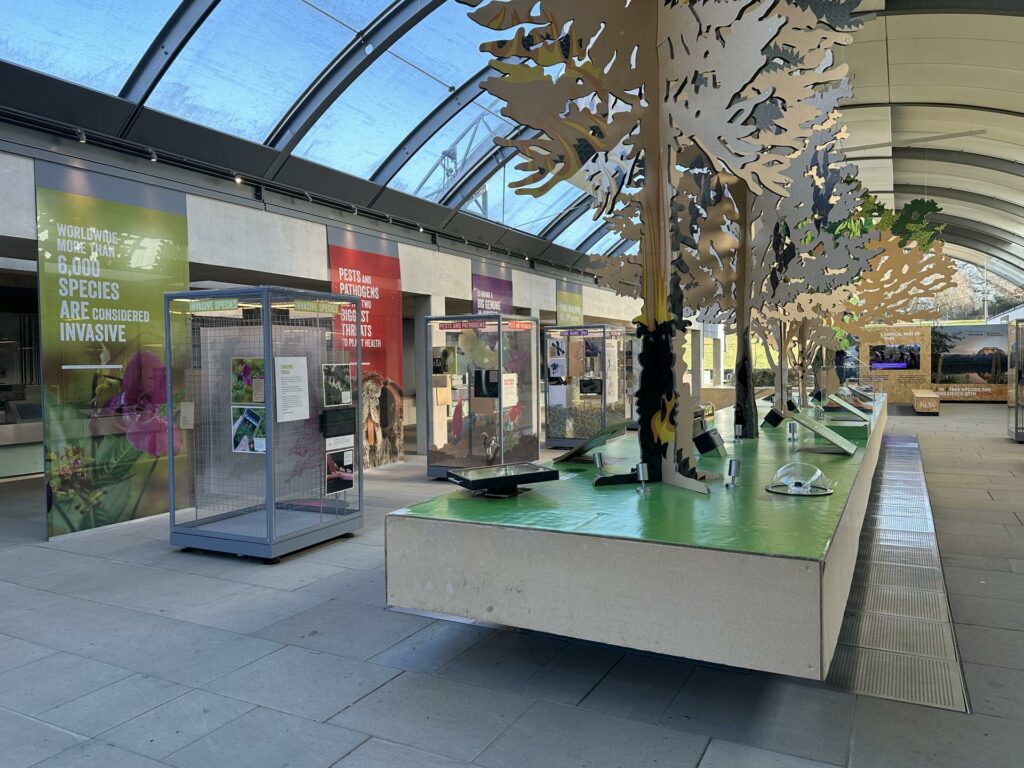
An installation of the seeds that MSB houses presents examples of the variety of seed shapes and sizes. Some are the size of a grain of dust, such as orchids, the smallest seeds in nature, to ones that grow to the size of the Coco de Mer, (Lodoicea maldivica) the double coconut on display. It can’t be seed banked because it doesn’t survive drying. Where some seeds will germinate as soon as the right environmental factors avail themselves, other seeds may wait hundreds of years, and still others require special or rare conditions, such as fire, in order to germinate.
In addition to being critical to human food, feed, fiber and fuel needs, all healthy seeds contain complete genetic information to bring another plant into existence. Protecting a plants fundamental right to reproduce means protecting its genetics and DNA. MSB focuses on fundamental mechanisms of seed biology and traits—the size of the seed and its mechanisms for dispersal, yield, dormancy, shattering, and germination..
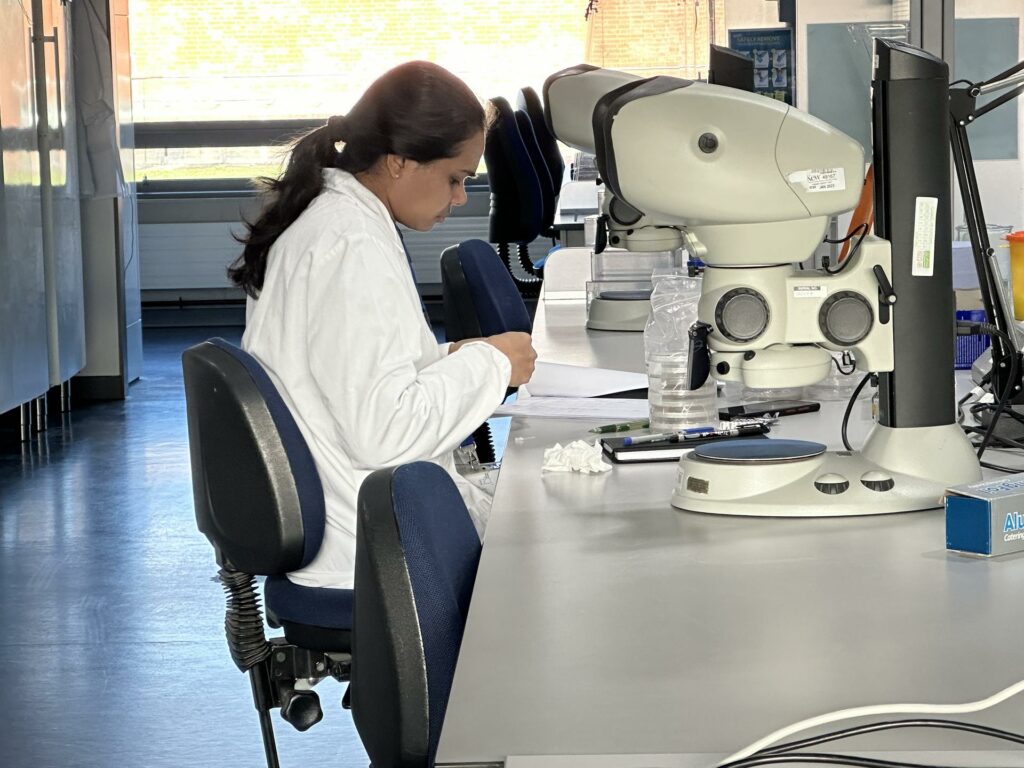
On display are photographs of seeds taken under an electron microscope that were created in an artist and scientist collaboration. The display reveals the endless forms and exotic beauty seed banked there. A fruit from the Baobab tree (Adansomi digitata) collected in Botswana 2010, and others beg the question, does form follow function when it comes to seeds? Traits and features of a seed, such as color, shape or size may indicate something about the seed strategy for survival. When you look closely you see that some seeds have hooks, spines, spikes, or wings for flight, to aid in dispersal.
The MSN has been charged with the task of collecting seed from the world’s flora for long-term storage to last for millennia, using international gene-bank standards. Plant seed contains mRNAs required for germination that degrade as they age. MSN’s process of freezing reduces chemical reactions, extending the integrity of the seed.
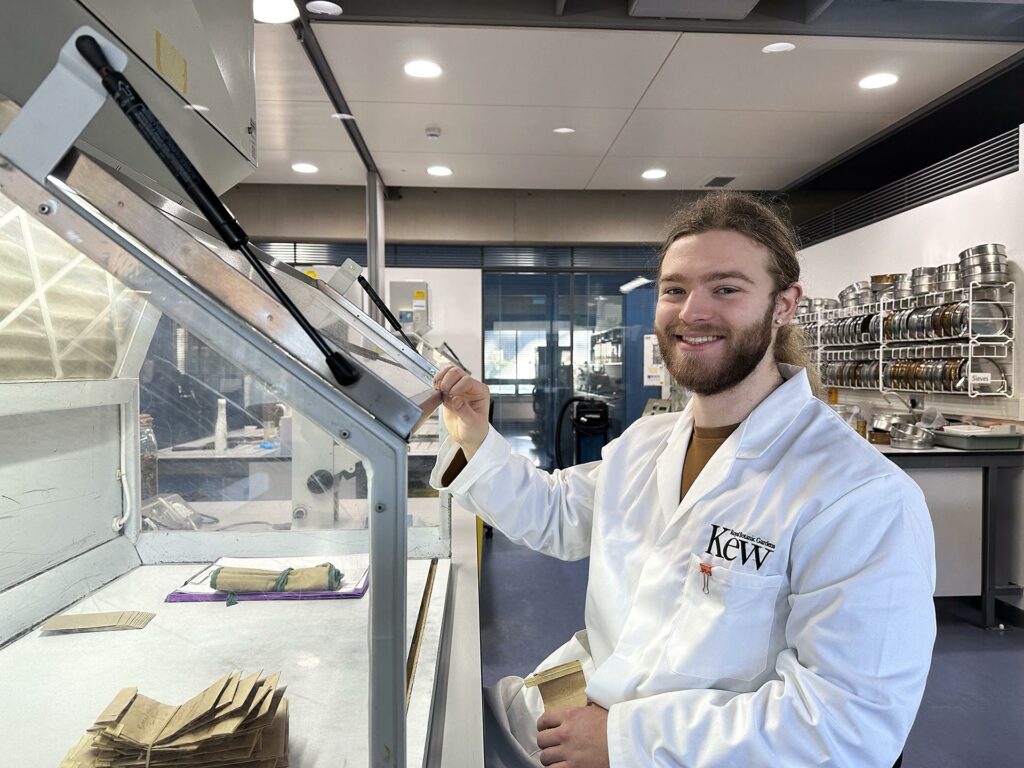
When seeds arrive, it is hoped they were kept cool and dry during the collecting and journey which helps their longevity. Once they arrive at the building, they are looked after by the MSB team of scientists. They are first unpacked in a contained room for their initial drying and are entered into the Seed Bank Database. The plant’s natural packing layers around the seeds are removed, along with any visible insects. The seeds are then x-rayed to make sure they are full and healthy and aren’t infested with insects inside. This initial process helps determine how much of the collection is viable for germination. The seed collection is dried again in an air-locked room at 15% humidity and 18 degrees Celsius until their moisture content is 6 to 7 percent. Seeds that tolerate this drying procedure are called orthodox. This slows their interior processes. If they are frozen at their freshwater weight, the freezing kills the cells. And for some seeds, removing 40 percent of their moisture kills them. These seeds are called recalcitrant. Many tree seeds, including oaks and chestnuts produce recalcitrant seeds and require special conservation efforts for long-term preservation, such as cryopreservation, which uses sub-zero temperatures to preserve living cells and tissue. Also a part of Kew is the Global Tree Seed Bank that collects and stores rare, endangered trees and shrubs and investigates their seed for best conservation and reforestation strategies. With forests being the most powerful carbon capture system on Earth and 1 in 3 trees threatened with extinction, this work is vital.
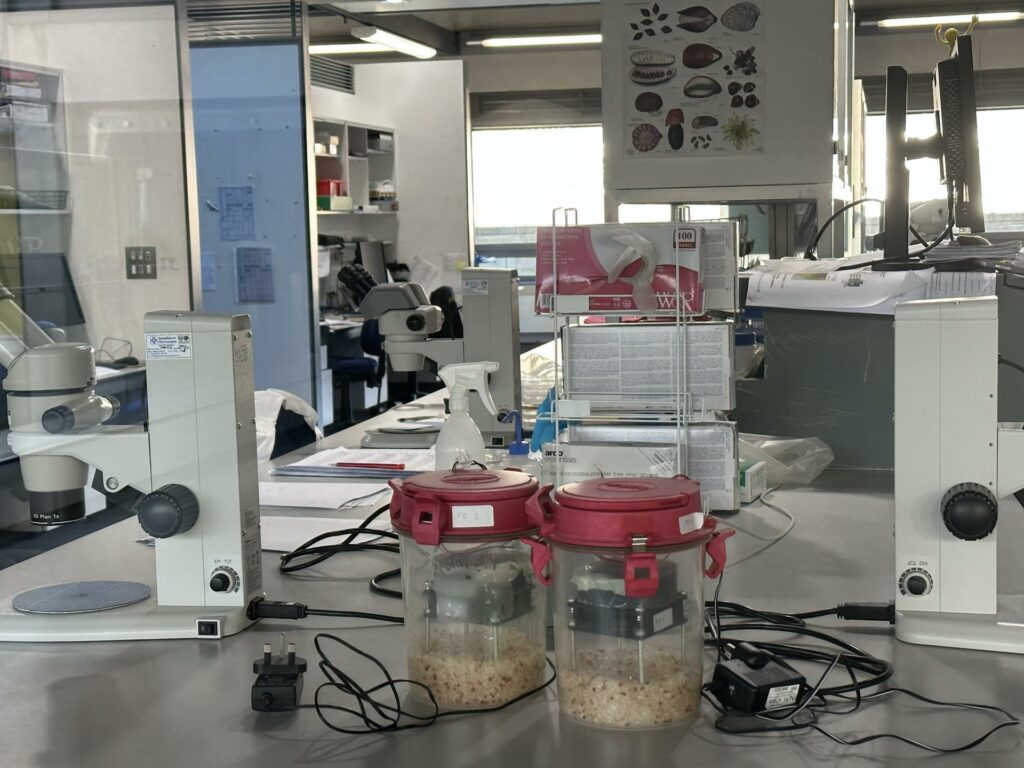
Sometimes the MSB receives fruits that were harvested green or unripe. The seeds are too immature to process so the fruit is sent to the warm and moist ripening room. When the fruit has fully ripened, the seeds are carefully removed, cleaned, and processed. Only a mature embryo can develop into a plant.
When seeds are fully processed, they are put in sealed bottles or jars and labeled with the Seed Bank Database accession number, identifying the collection. They are then moved to one of four cold rooms for storage by a scientist wearing protective clothing. The freezer is kept at -20 degrees Celsius. MSB says this temperature increases the lifespans of the seed by approximately 1,404 times. At some point the seeds with be checked out of the freezers for research, germination testing or returned to the landscape.
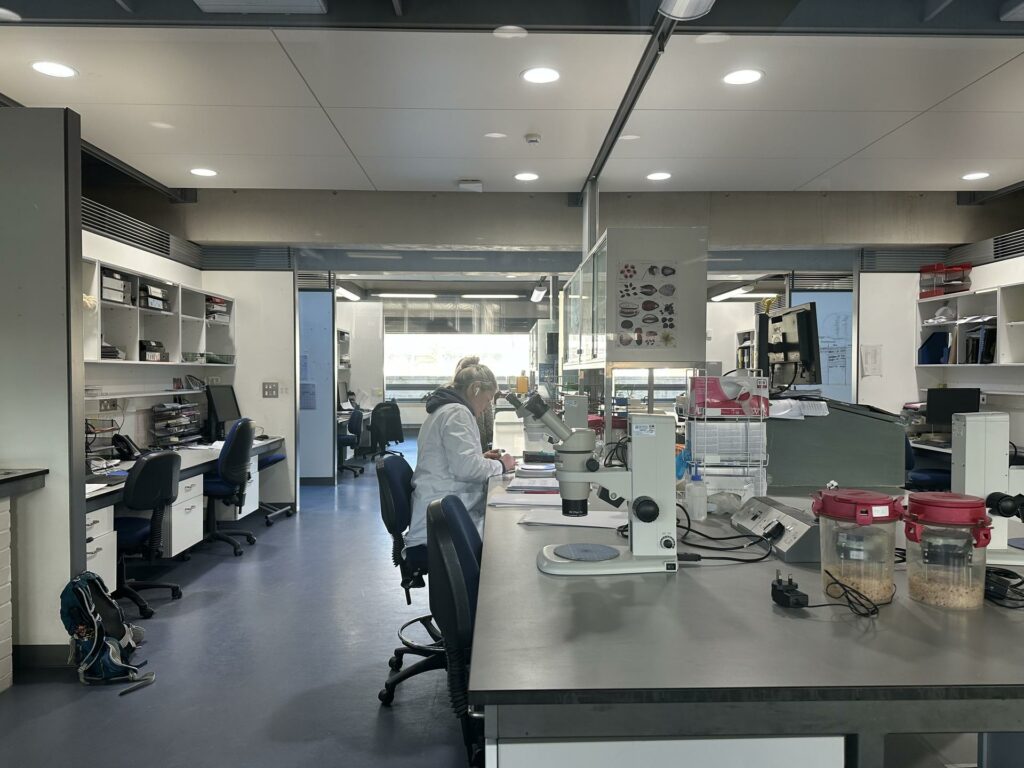
Kew is one of the world’s foremost plant research organizations trying to answer questions big and small about plants. This work is invaluable as we try to halt the extreme level of biodiversity loss to the planet taking place today. Conserving and producing the best seed possible is imperative to survival of life. Seed banking allows us to regenerate species and this positive work is taking place, not just at MSB. It is taking place around the world.
Kew estimates that over 20,000 plants are being used as medicine today, and these plants still don’t have an adequate safety net. To build resilience and promote biodiversity for nature’s remedies— the more seed banks devoted to aromatic and medicinal plants, and all plants, the better. There needs to be more small, localized, low-tech seed banks and large high-tech, long-haul facilities. Realizing how essential plants are will help us modify our lifestyles, increase native seed production, and protect our plant heritage. Everyone will benefit from contributing to the conservation solution.
Gayil Nalls, Ph.D. is the creator of World Sensorium and founder of the World Sensorium/Conservancy.
Plantings
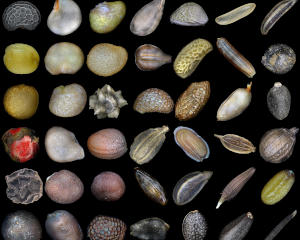
“Open Source” Seeds Loosen Big Ag’s Grip on Farmers
By Michaela Haas
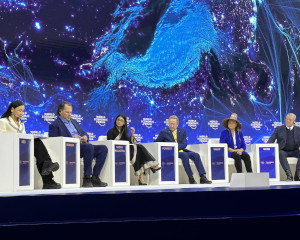
DAVOS: We are in a Race to Resilience
By Gayil Nalls
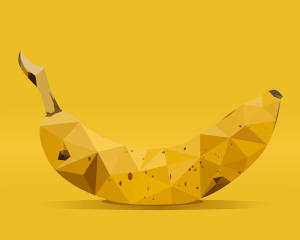
What’s Wrong with Bananas
By Norman C. Ellstrand
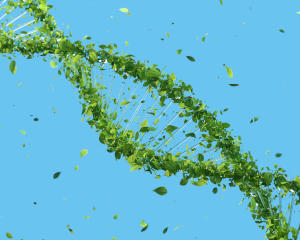
Conserving Genes: Plants for the Future
By Timothy Walker
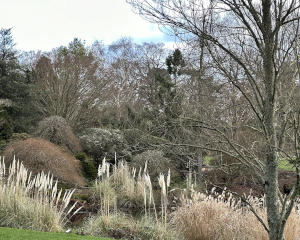
The Winter Garden at Wakehurst Place in West Sussex, England
By Gayil Nalls
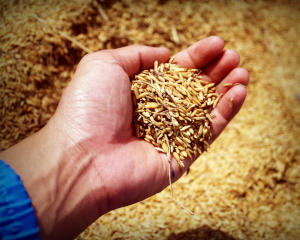
Eat More Plants Recipes:
Authentic Vegetarian Paella
By Javier Ponte

As Ireland transitions from the rich, smoky scent of peat-burning to a more sustainable future, its olfactory heritage is evolving. What will become the next iconic aromatic symbol of Ireland?
Click to watch the documentary trailer.

